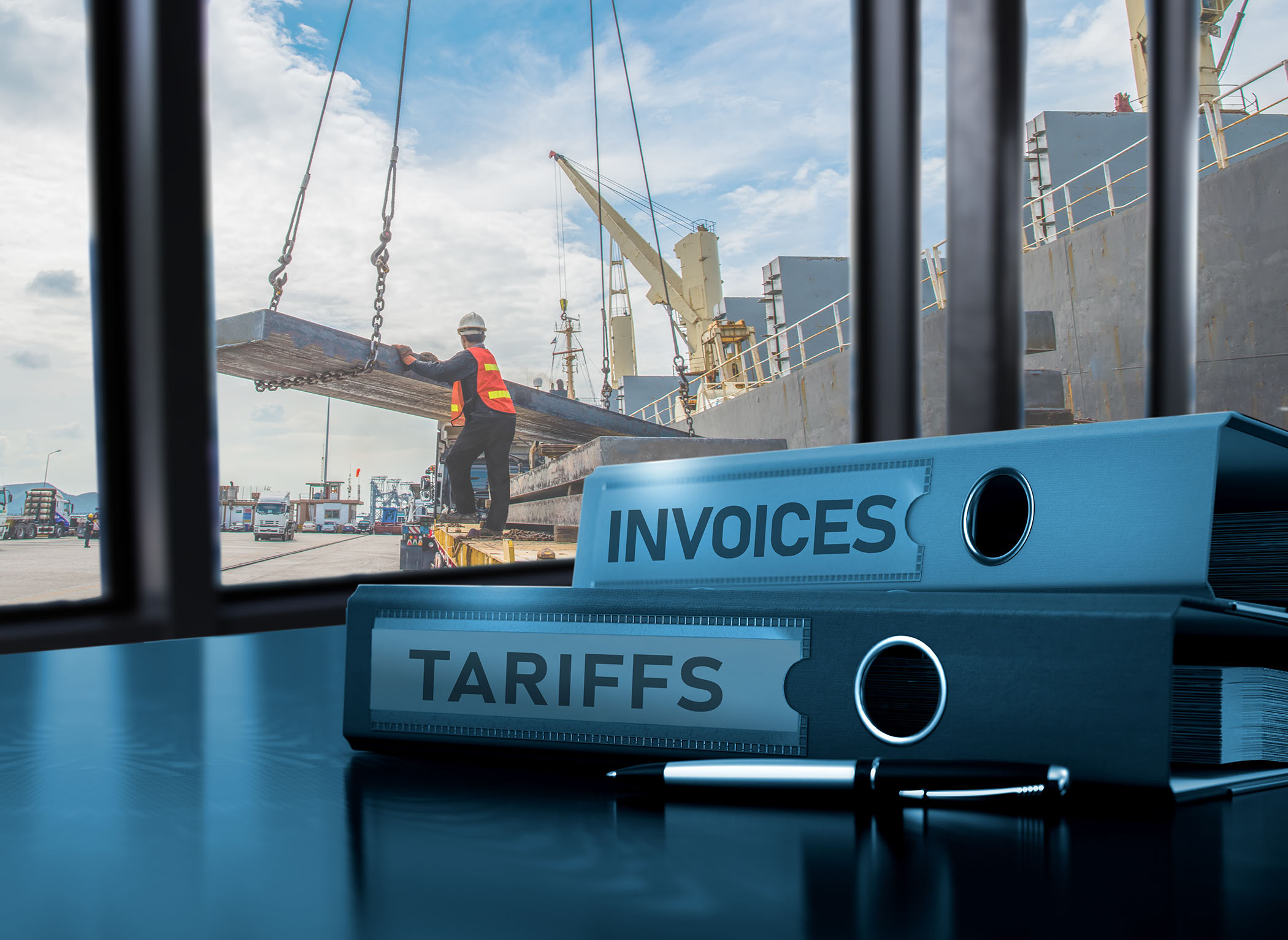Understanding the USA Tariff Effect on the Packaging Business

In recent years, the United States has implemented various tariffs that have significantly impacted multiple industries, including the packaging sector. These tariffs, designed to protect domestic manufacturing and address trade imbalances, have led to increased costs, supply chain disruptions, and strategic shifts within the packaging industry. This article delves into the multifaceted effects of U.S. tariffs on the packaging business, exploring challenges, adaptations, and future outlooks.
Introduction to U.S. Tariffs and Their Objectives
Tariffs are taxes imposed on imported goods, intended to make foreign products less competitive compared to domestic ones. The U.S. government has utilized tariffs as a tool to encourage domestic production, reduce trade deficits, and address unfair trade practices. However, these measures often have complex repercussions across various sectors, including packaging.Konsyse+3Brown Packaging+3Bulk Bags & Packaging Supplies+3
Immediate Impact on Raw Material Costs
The packaging industry relies heavily on raw materials such as aluminum, steel, paper, and plastics. Tariffs on these materials have led to increased production costs:
-
Aluminum and Steel: Tariffs of 25% on steel and aluminum imports have raised costs for metal packaging manufacturers. Companies like Coca-Cola have considered shifting to alternative materials due to rising aluminum prices. New York Post+3packaginginsights.com+3Packaging Industry News | Packaging Dive+3
-
Paper Products: Tariffs on Canadian paper imports have disrupted the U.S. forest products industry's supply chains, affecting the availability and pricing of paper-based packaging materials. Packaging Industry News | Packaging Dive
-
Plastics: Tariffs on imported plastics have increased costs for packaging manufacturers, prompting concerns about supply chain disruptions and competitiveness. Packaging Gateway
Supply Chain Disruptions and Strategic Adjustments
Beyond cost increases, tariffs have caused significant supply chain disruptions:Bulk Bags & Packaging Supplies
-
Seeking Alternative Suppliers: Companies are exploring suppliers in countries not subject to tariffs to mitigate cost increases, leading to shifts in global supply chains. Packaging Gateway+3New York Magazine+3Yahoo+3
-
Reshoring Production: Some businesses are considering bringing manufacturing back to the U.S. to avoid tariffs, despite challenges related to infrastructure and labor costs.
-
Inventory Management: Firms are adjusting inventory strategies to buffer against supply chain uncertainties and potential delays caused by tariff-induced disruptions.
Impact on Small and Medium Enterprises (SMEs)
SMEs in the packaging industry face unique challenges due to tariffs:
-
Financial Strain: Smaller firms with limited financial reserves struggle to absorb increased costs, impacting profitability.
-
Competitive Disadvantage: SMEs may find it harder to compete with larger companies that have more resources to adapt to tariff-related changes.
-
Limited Negotiating Power: Smaller businesses often lack the leverage to negotiate better terms with suppliers or pass increased costs onto customers.
Consumer Implications
The ripple effects of tariffs extend to consumers:
-
Price Increases: Higher production costs for packaging are often passed down to consumers, leading to increased prices for packaged goods.Bulk Bags & Packaging Supplies+1Konsyse+1
-
Product Availability: Supply chain disruptions can lead to shortages or delays in product availability on store shelves.
-
Quality Concerns: Manufacturers may seek cost-cutting measures that could affect product quality or packaging integrity.
Industry Responses and Adaptations
The packaging industry has employed various strategies to navigate tariff challenges:
-
Diversifying Supply Chains: Companies are broadening their supplier base to include countries not affected by tariffs, reducing dependency on any single source.New York Magazine
-
Investing in Automation: To offset increased labor and material costs, firms are investing in automation to enhance efficiency and reduce expenses.
-
Exploring Alternative Materials: Businesses are researching and adopting alternative materials that are not subject to tariffs or are more cost-effective.
-
Advocacy and Lobbying: Industry associations are engaging with policymakers to communicate the adverse effects of tariffs and advocate for more favorable trade policies.
Long-Term Outlook and Strategic Planning
Looking ahead, the packaging industry must consider several factors:
-
Policy Uncertainty: The unpredictable nature of trade policies necessitates flexible and adaptive business strategies.Packaging Gateway
-
Sustainability Trends: There is a growing emphasis on sustainable packaging solutions, which may influence material choices and supply chain decisions.
-
Technological Advancements: Emerging technologies in packaging design and production could offer new opportunities to mitigate cost increases and enhance competitiveness.
FAQs
How do tariffs specifically increase costs for packaging companies?
Tariffs impose additional taxes on imported raw materials like aluminum, steel, and plastics, directly raising the cost of these essential inputs for packaging production.
Are there any benefits to the packaging industry from these tariffs?
While tariffs aim to promote domestic manufacturing, the immediate impact on the packaging industry has been increased costs and supply chain challenges, with limited short-term benefits.
How are packaging companies mitigating the impact of tariffs?
Companies are diversifying suppliers, investing in automation, exploring alternative materials, and engaging in advocacy efforts to mitigate tariff impacts.
Do tariffs affect the competitiveness of U.S. packaging companies internationally?
Yes, increased production costs due to tariffs can make U.S. packaging products more expensive and less competitive in the global market.